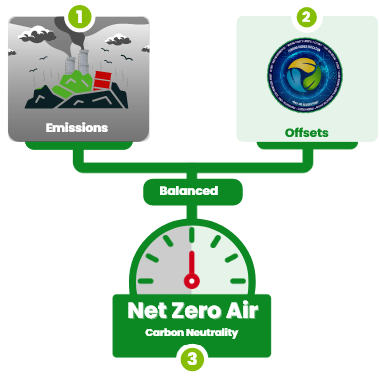Overview
|
- Heterogeneous network of many independent Blockchains
- Tendermint Consensus
|
- Heterogeneous sharding platform
- Hybrid Consensus - BABE and GRANDPA
|
- Heterogeneous network of many independent Blockchains
- Avalanche Consensus
|
Scability
|
- Up to 1000 tps per Hub / Spoke
- No limit on number of Hub / Spokes
- Bandwidth bound
|
- Up to 1500 tps per parachain
- Limited to around 100 parachains
- Relay Chain is the Bottleneck
|
- Excess of 4500 tps per subnet
- No limit on number of subnets
- CPU Bound
- 10,000+ tps with higher spec machines
|
Decentralisation
|
- Limited to 200 nodes before tps loss
- No limit on number of Zones/ Hubs
- Anyone can create zone / hub
|
- Small number of validators per parachain
- Max ~1000 validators on the relay chain
- Limited number of ~100 parachains - Highest bidder wins
- Relay chain is single point of failure
|
- Scale to tens of thousands of validators per subnet, even millions of validators all
participating in consensus
- No limit on the number of subnets / VMs
- Anyone can create subnet / blockchain
|
Latency
|
|
- 60 seconds for finality between parachains External blockchains require longer - ~60
minutes
|
- Sub 3 second finality, with the majority happening sub 1 second
|
Shared Security
|
- Every Hub and Zone has their own security
- Research into shared security with Hubs validating zones
- Shared security is optional
|
- Relay Chain validated state transition for all parachains
- Each parachain will need to implement their own security to protect against
censorship attacks
- Shared security is mandatory
|
- Security is handled at the Subnet level, which can consist of multiple VMs
(blockchains)
- Every validator in a subnet also has a node on the Primary Network
- Shared security is optional
|
Current Adoption
|
- 51 Projects using the Cosmos SDK (although not all will connect to Cosmos Network)
- Cosmos Project started 2016
- Cosmos ICO April 2017
|
- 73 Projects building on Substrate (although not all may connect to Polkadot)
- Polkadot Project started 2016
- Polkabot ICO October 2017
|
- ~14 Projects currently building on Avalanche
- Ava Labs founded in 2018
- Avalance ICO July 2020
|
Enterprise Adoption
|
- Permissioned and Permissionless Blockchains
- Not required to hold large amounts of highly volatile asset
|
- Must lock up large amounts of a highly volatile asset in auction and chance of being
outbid and losing slot
- Can't enforce regulated entities to validate chain
- Roll Back of the relay chain would roll back the parachain
|
- Permissioned and Permissionless Blockchains
- Enforce regulatory requirements to join a subnet
- 10,000+ Enterprises can all validate a subnet
- Not required to hold large amounts of highly volatile asset
|
Interoperability
|
- Interoperate across a path of connected Zones and Hubs
- Different Trust levels with each zone / hub / path taken
- Connect to external blockchains through Peg Zones or requires them to fork their
code and implement IBC
|
- All parachains share the same trust assumptions of the Relay Chain validator set
- Connect to external blockchains through bridge parachains
- Long finality times with external blockchains
- Limited number of parachain slots
|
- Interoperate between VMs within a subnet as well as between any subnet
- Different Trust levels at the Subnet level
- Primary Network can be used as source of trust
- Connect to external blockchains through bridges
|
Tokenomics
|
- ATOM only used for the Cosmos Hub
- No connections to other zones currently
- Each Zone/ Hub has own token and there will be many hubs
- Inflationary / No Capped Supply
- Current Market Cap of $1.1 Billion
|
- Used to secure the Relay Chain
- Each Parachain needs to acquire enough DOT to win an auction to secure a parachain
slot
- Parathreads DOT auction to get validated
- Each parachain has their own token
- Inflationary / No Capped Supply
- Current Market Cap of $3.8 Billion
|
- Every validarot of a subnet has to validate the Primary Network as well and Stake
2000 AVAX
- Transaction fees on primary network, Subnet and blockchain creation fees in AVAX are
burnt
- Each Subnet can have their own token
- Deflationary and MAx Capped Supply
- Current Market Cap of around $100 Million
|
Total
|
|
|
|







